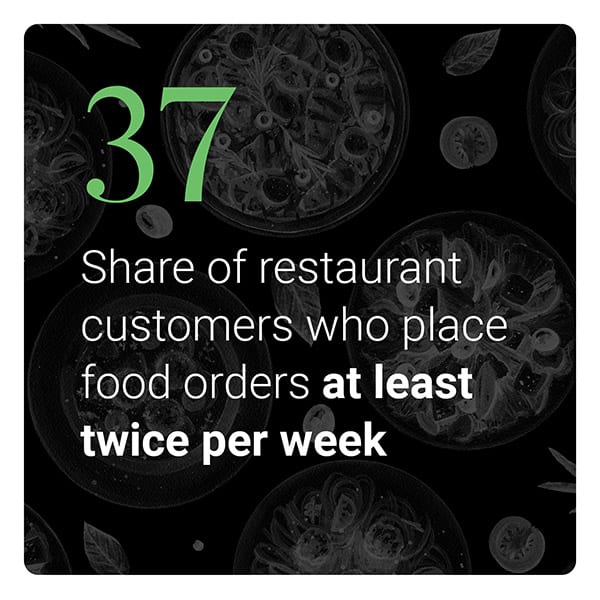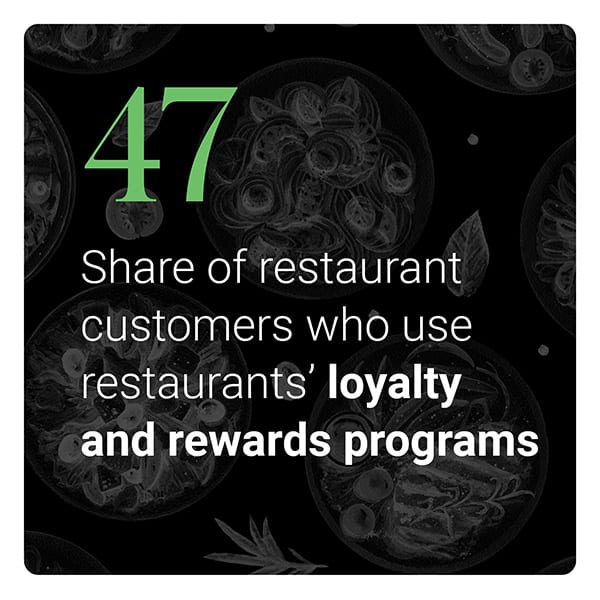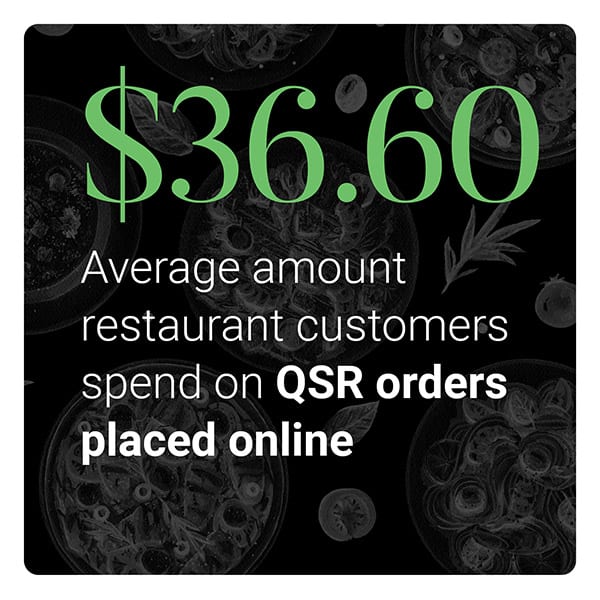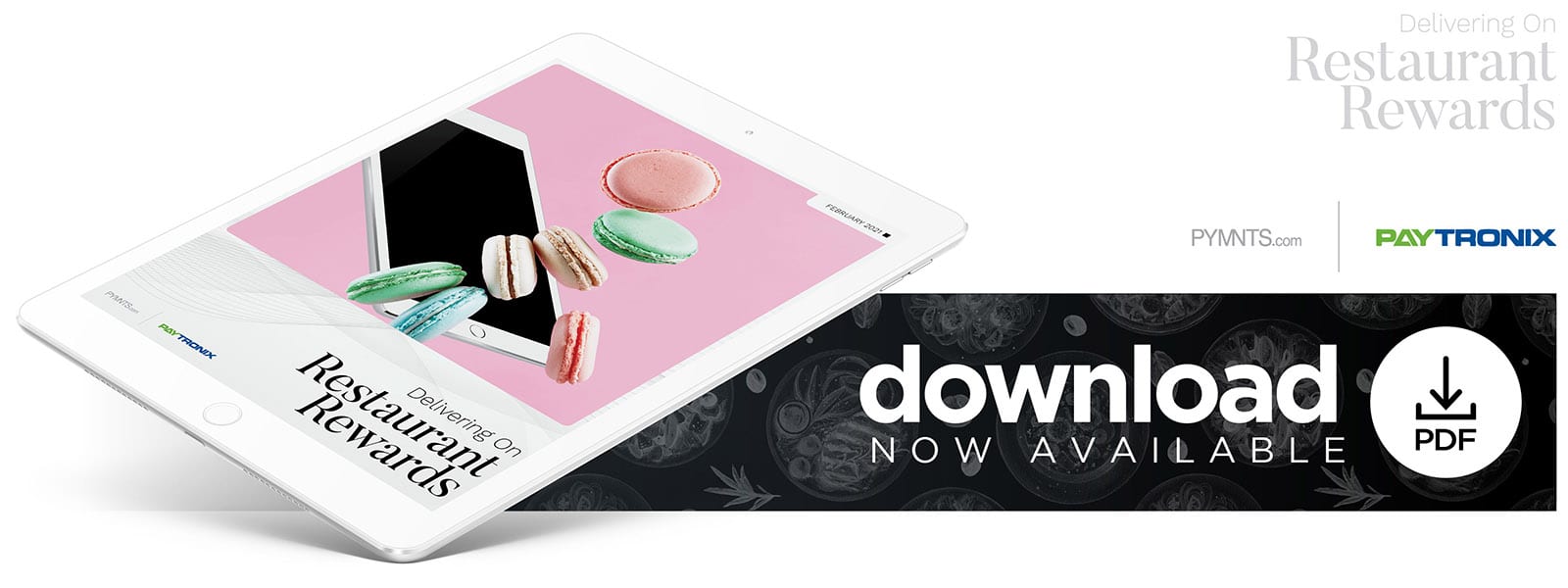NEW DATA: Loyalty Programs Convert Occasional Customers Into Restaurant Aficionados

Millennials are known for their game-changing influence on countless trends, traditions and products, from fast food to diamonds to movie theaters and beyond — and the kitchen just might be next.
 PYMNTS’ latest research shows that millennials have a penchant for placing restaurant orders rather than cooking at home, with four in 10 millennials ordering from restaurants at least twice per week. Bridge millennials — consumers who were born between 1978 and 1988 — order out even more, with six in 10 placing orders at restaurants twice per week or more.
PYMNTS’ latest research shows that millennials have a penchant for placing restaurant orders rather than cooking at home, with four in 10 millennials ordering from restaurants at least twice per week. Bridge millennials — consumers who were born between 1978 and 1988 — order out even more, with six in 10 placing orders at restaurants twice per week or more.
Millennials’ and bridge millennials’ appetites for ordering out make them an important part of restaurants’ customer bases, especially now that ordering out is most restaurant customers’ go-to dining option. What can restaurants do to make sure that they are offering the ordering and payment features that these key customer segments seek?
The February edition of Delivering On Restaurant Rewards, a PYMNTS and Paytronix collaboration, takes a closer look at how consumers’ demographics affect their restaurant ordering habits. PYMNTS surveyed a census-balanced panel of 2,079 United States restaurant customers to determine which age groups and income brackets place the most restaurant orders, how often they order and which features restaurants can provide to keep their most-frequent buyers coming back for more.
and which features restaurants can provide to keep their most-frequent buyers coming back for more.
PYMNTS identified three key restaurant customer personas with distinct ordering and payment preferences:
- Restaurant enthusiasts: Restaurant customers who order from sit-down restaurants or from sit-down restaurants and quick-service restaurants (QSRs) at least twice per week
- Convenience diners: Restaurant customers who order from all types of restaurants but are more likely to place orders from QSRs twice per week
- Occasional diners: Restaurant customers who order from either sit-down restaurants or QSRs on an infrequent basis
PYMNTS research shows that millennials and bridge millennials are among those most likely to be restaurant enthusiasts, but they are not the only demographics who place more food orders than the average consumer. Consumers who earn more than $100,000  annually (high-income consumers) also show a strong penchant for making frequent restaurant orders. Thirty-eight percent of high-income consumers are restaurant enthusiasts, in fact, compared to just 31 percent of consumers earning between $50,000 and $100,000 per year who say the same.
annually (high-income consumers) also show a strong penchant for making frequent restaurant orders. Thirty-eight percent of high-income consumers are restaurant enthusiasts, in fact, compared to just 31 percent of consumers earning between $50,000 and $100,000 per year who say the same.
Our three customer personas also value distinct purchasing features that restaurants can provide to convince them to spend more on their food orders. Twenty-one percent of occasional diners say that the availability of loyalty and rewards programs would best convince them to increase their meal budgets, for example, and 19 percent of convenience diners say that online ordering options would do the same.
To learn more about the ordering and payment features that can help restaurants boost customer spend, download the study.
